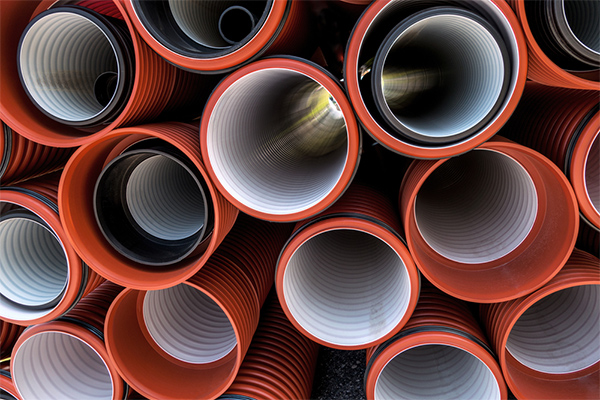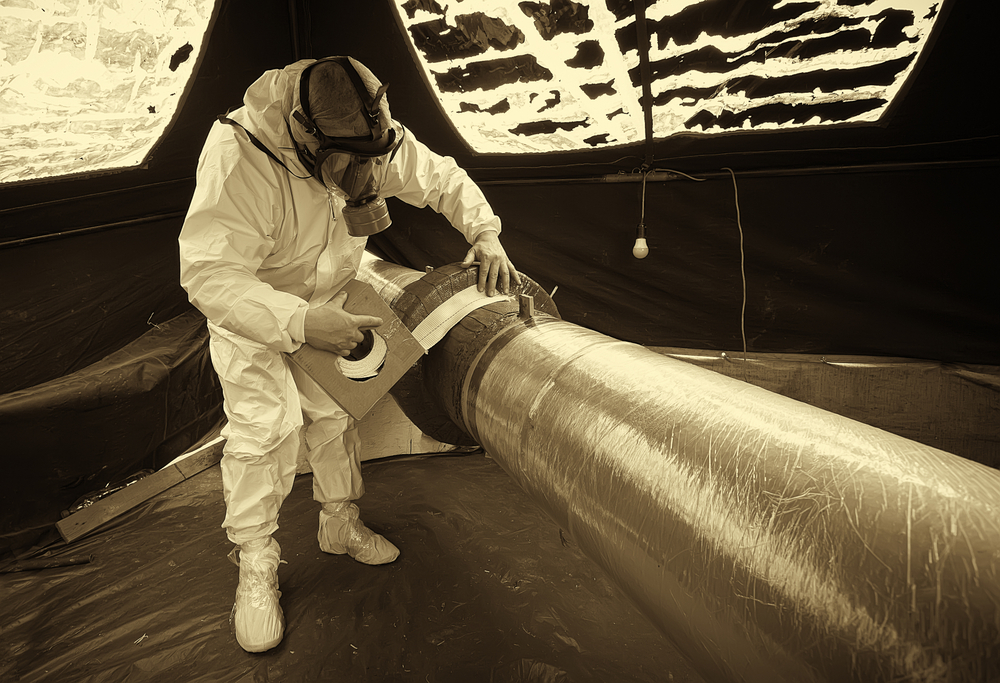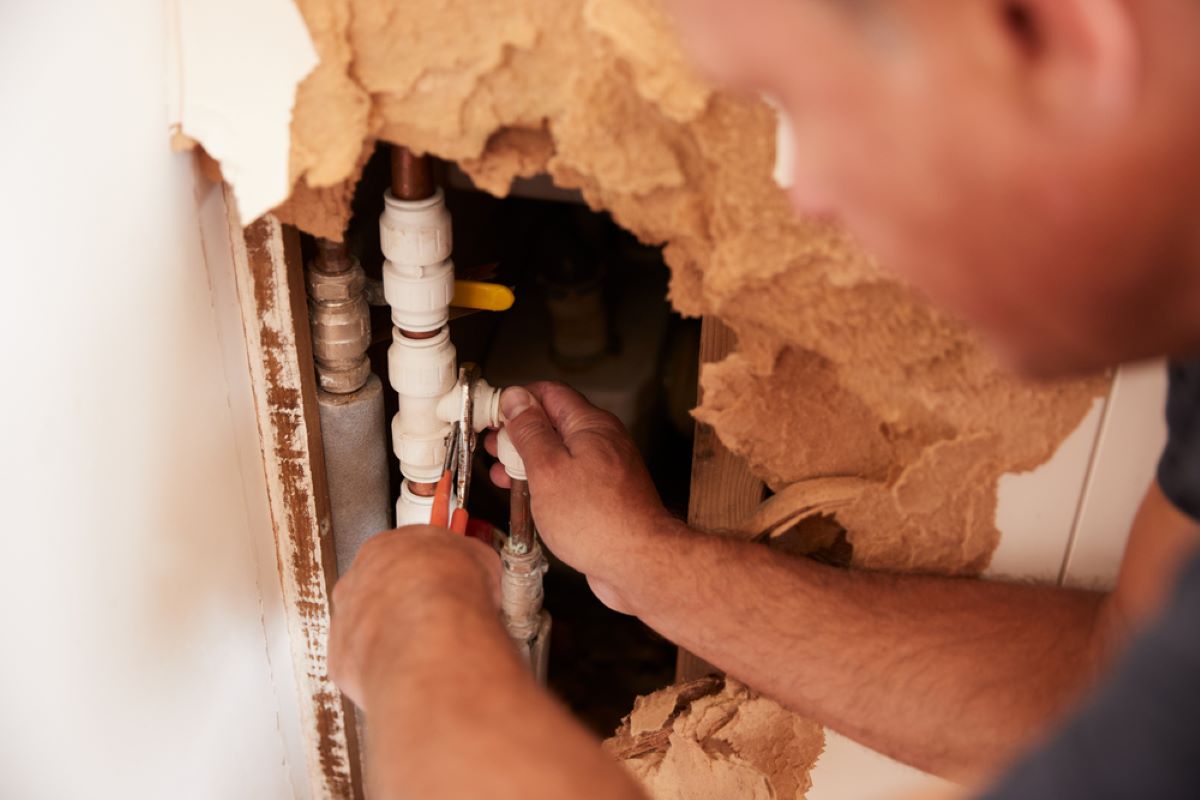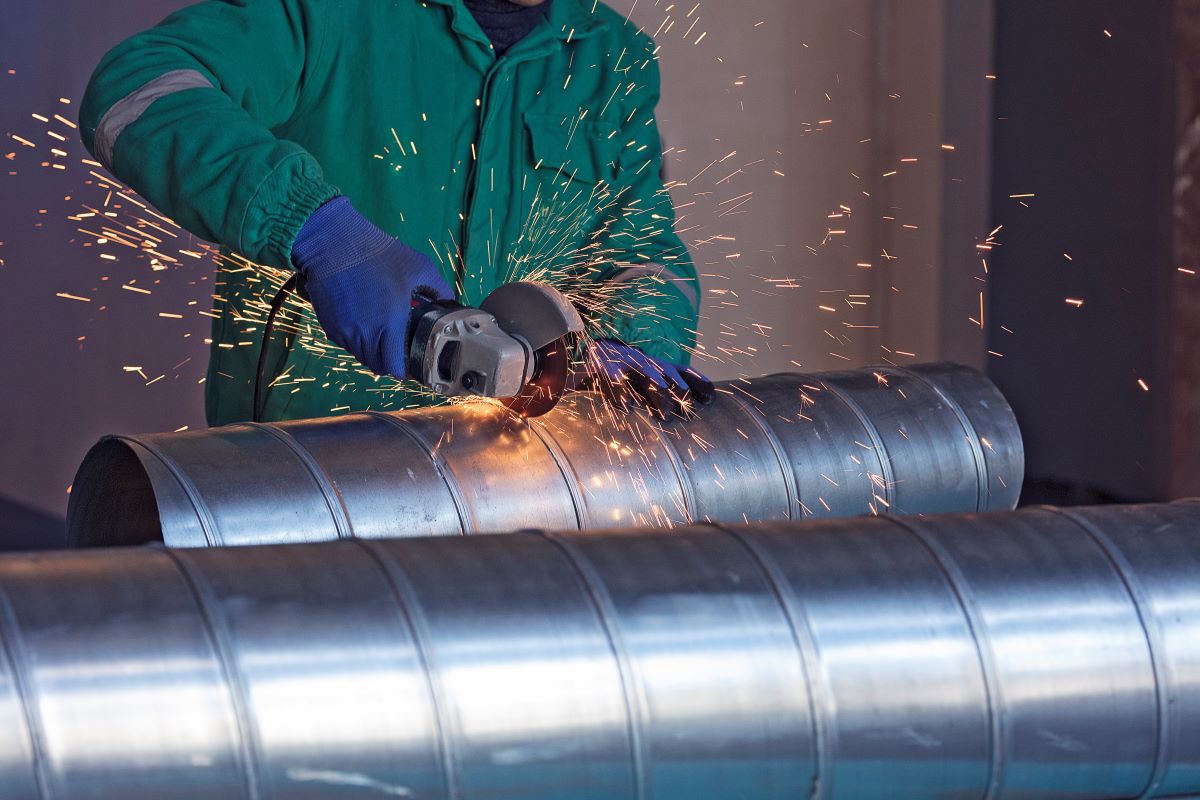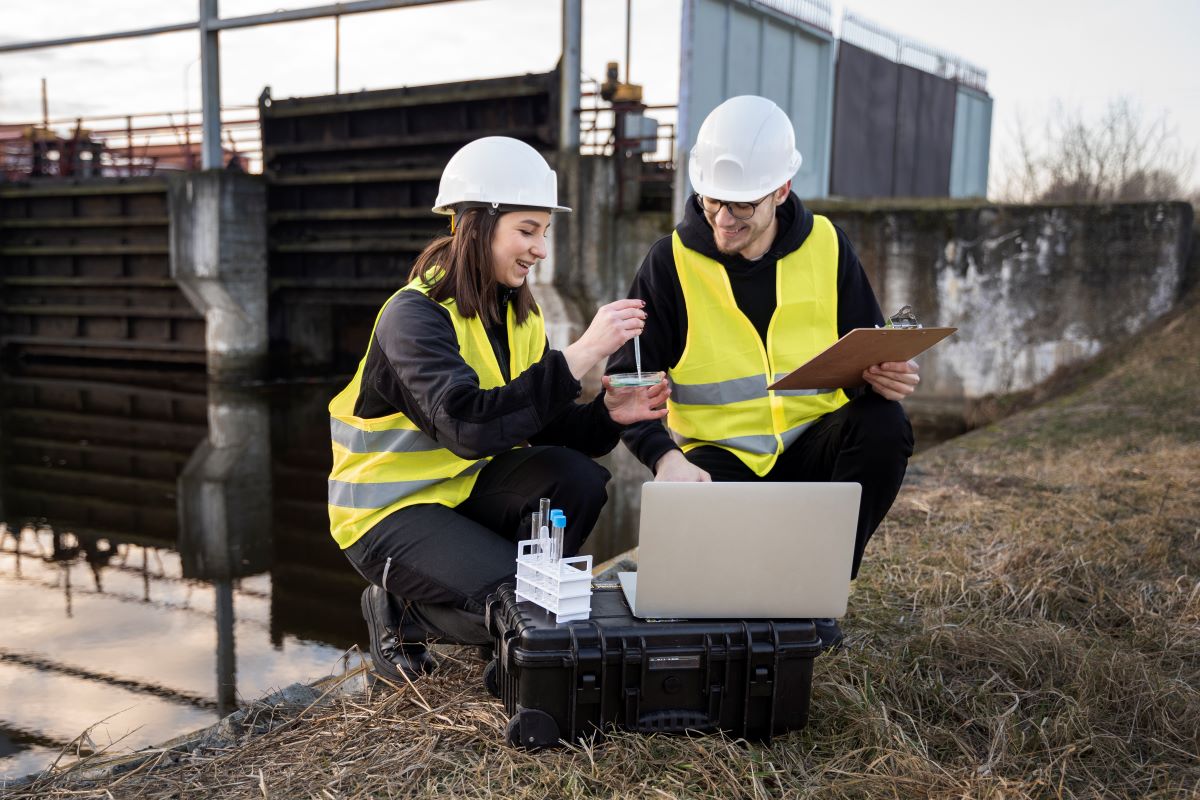With an estimated $2.5 trillion global cost, internal pipe corrosion is a major mechanical issue for most oil and gas companies.
Pipelines are used to carry natural resources from a specific site to the related factories and production plants. Some of these natural substances that are transported in pipes include oil, gas, chemicals, and petroleum. These pipe systems serve to be an integral part of the sustainability of any well-functioning society. Unfortunately, these complex structures are at a high risk of developing rust and corrosion with the passage of time.
Luckily, there are many companies such as Lined Pipe Systems that can help resolve the problem of pipeline leaks and deterioration. Each pipe protection method depends upon the type of corrosion affecting any given pipeline. Pipe restoration experts perform internal pipeline inspection to come up with a sustainable treatment.
What is Internal Pipeline Corrosion
Besides being a nuisance to pipe installers, pipeline internal corrosion occurs when the external environment damages the pipeline. The damage can range from excessive moisture in the indoor air to high acidity of the transported fluid in pipes. Some substances that are most corrosive include bromine, hydrogen peroxide, hydrochloric acid, sulfuric acid and nitric acid.
Corrosion affects both metals and nonmetals. The deterioration rate of a substance can depend upon its resistance to corrosive radicals. You can easily detect a corroded pipeline by looking at its reddish-brown rusty coloration and surface disfiguration.
Some pipe materials are more likely to fall victim to this advanced rusting process. Some materials that are more prone to corrosion are copper, aluminum, and carbon steel. It is important to know about the corrosion resistance of material before installing underground pipe structures.
How to Prevent Pipe Corrosion
Corrosion is a self-perpetuating process, as it keeps on worsening with the passage of time. If the issue is not dealt with at the right time it can result in serious structural and environmental disasters. Luckily, there are various methods that can minimize the risk of corrosion in pipelines.
1. Internal Pipe Coating
Internal coating solutions, such as FlexSleeve and fusion bonded epoxy, can prevent the corrosive elements from damaging the pipe surfaces. These coated layers act as barriers against hydraulic friction losses, pig wear, and build-up of pyrophoric dust in pipes.
Most industrial processes take place at extremely high temperatures under the presence of corrosive gases. To limit the corrosive effects, pipe coatings are applied using a different material. These internal coats create a thin film that adheres to the surface of the pipes.
Despite the effectiveness of these coated layers, some water can make its way through the walls towards the substrate. But this evaded water does not contribute to corrosion because it contains a minimum concentration of ions.
2. Hot-Dip Galvanization
This corrosion prevention method takes place when iron and steel is coated with molten zinc at a temperature of about 840 °F. With its abrasion-resistance qualities, galvanized iron fills up the hollow surfaces in a pipe and can even repair itself. This protective coat also sacrifices itself when there is a shortage of barrier material of base metal.
One of the biggest drawbacks of hot-dip galvanization is its dependence upon a specific dipping site. The metal dipping process cannot take on-site and companies have to take their corrosion-prone equipment outside. Also, zinc is more susceptible to wear and tear when it faces adverse environmental conditions.
3. Alloyed Steel
Alloyed steel is formed when carbon steel is combined with other elements such as manganese, silicon, nickel, titanium and copper. The combination of the properties of multiple metals leads to improved strength and corrosion resistance. The percentage of alloying elements can change the mechanical properties of the final product.
4. Keep Pipelines Clean
Microbiologically induced corrosion (MIC) takes place when metals come in contact with microorganisms such as bacteria and fungi. Although these microorganisms don’t have a direct effect, they can act as catalysts in the corrosion process.
Regular pipeline cleaning and maintenance is important to keep these micro-corrosive agents at bay. One of the methods of cleaning pipelines is pipeline pigging. This cleaning process involves the insertion of a pig tool using a pig trap. The pig tool moves through the pipe hole without disrupting the flow of the product.
You can also use inhibitors or biocides to prevent the spread of these microorganisms. This would help you increase the lifespan of your pipeline structures and make them more effective.
5. Cathodic Protection
Cathodic protection diminishes the effects of corrosion with the application of DC current to the metal. The main goal of this process is to convert active sites into passive sites with the supply of electrons. These free electrons are typically extracted from materials such as aluminum, magnesium, and zinc. The cathodic reaction can be triggered by placing anodes in an electrolyte to create a complete circuit.
Best Solution
Safeguarding pipelines against internal corrosion demands a proactive approach, and incorporating advanced technologies is paramount in this endeavor. Introducing the groundbreaking FlexSleeve® for Thin Linings and CCB® Sleeve for Thin Linings as key components in internal pipe construction transforms the corrosion prevention landscape. These innovative solutions act not only as robust defenses against corrosion but also seamlessly integrate with fast construction methods.
The utilization of SealSleeve™ for Rubber & PU Linings and SealSleeve™ for Thermoplastic Liners further enhances the protective measures, providing a comprehensive shield for the entire pipeline system. These technologies, akin to weld joint sleeve inserts and pipe joint sleeve inserts, not only contribute to preventing internal pipe corrosion but also ensure the longevity of pipelines through a combination of swift construction and permanent protection. In the pursuit of corrosion prevention, these advanced inserts, along with the cutting-edge thin lining technologies, emerge as integral components in fortifying the integrity of pipelines.
Conclusion
Assessing the mode of internal pipe corrosion at a particular damage site helps in identifying the root cause of the problem. Once you are aware of the culprit, you can come up with a related treatment option. By applying any prevention method mentioned in this article, you will be able to minimize corrosion in pipes.

